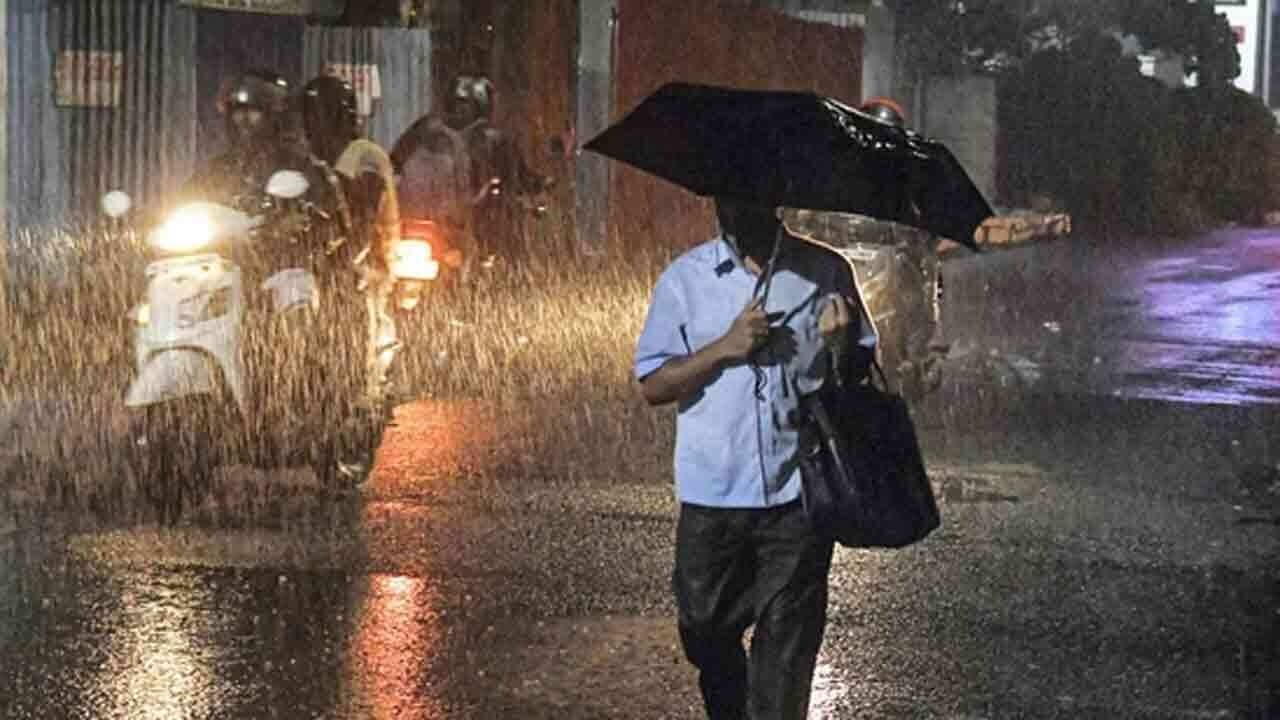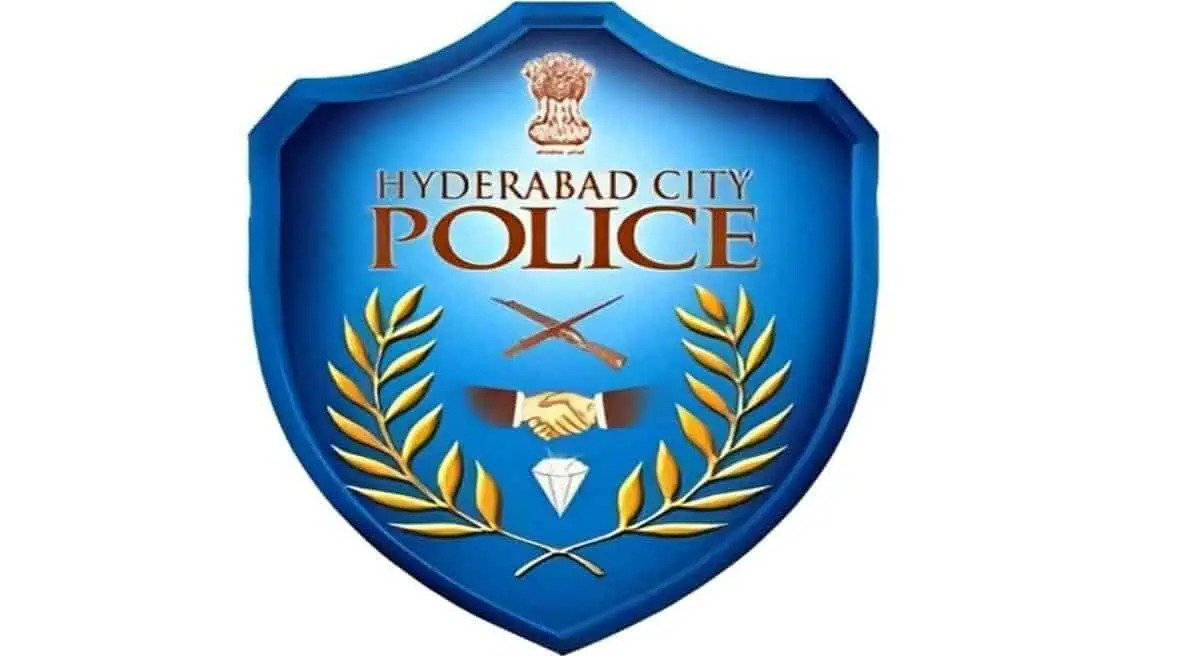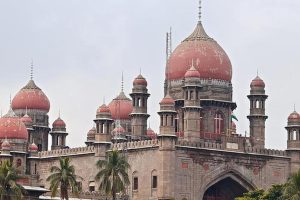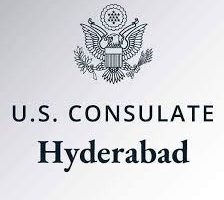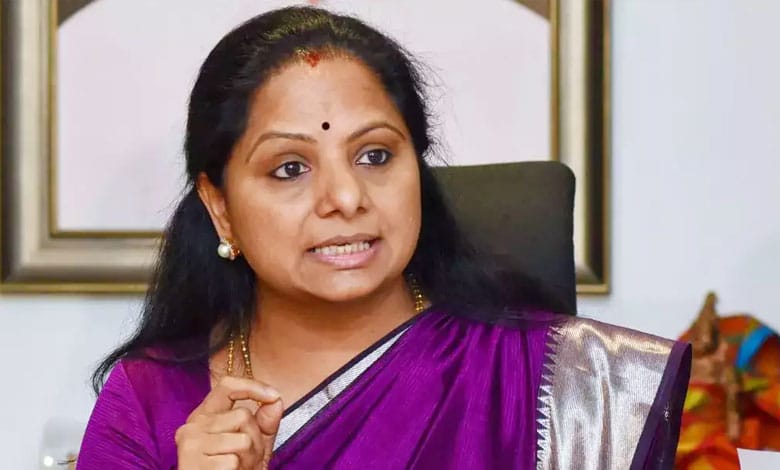India Clears ₹64,000 Cr Rafale-M Deal for Navy Amid Rising Indo-Pacific Tensions

In a major boost to India’s maritime air power, the Cabinet Committee on Security (CCS) led by Prime Minister Narendra Modi has approved a ₹63,887 crore (approx. €6.6 billion) deal with France for 26 Rafale-Marine (Rafale-M) fighter jets to be deployed on the INS Vikrant, India’s indigenous aircraft carrier.
This government-to-government contract includes:
- 22 single-seat Rafale-M jets
- 4 twin-seat trainers
- Weapons package, simulators, crew training, spares
- 5-year performance-based logistics support
The inter-governmental agreement is expected to be signed within April, with French Defence Minister Sébastien Lecornu likely to attend the signing ceremony.
Why It Matters: Filling Naval Airpower Gaps
The Rafale-Ms are designed for air superiority, maritime strike, and reconnaissance from aircraft carriers. Delivery is scheduled between 37 and 65 months post-contract, meaning all jets will be operational by 2031.
With India’s naval aviation fleet heavily reliant on aging Russian MiG-29K fighters, which suffer from poor serviceability, the Rafale-M deal is being seen as an interim lifeline until the indigenous TEDBF (Twin-Engine Deck-Based Fighter) is ready — likely after 2035.
What Will Rafale-M Bring to the Table?
- Meteor missiles: Long-range air-to-air capability (120–150 km)
- Scalp cruise missiles: Air-to-ground precision strike (300+ km)
- Exocet AM39 anti-ship missiles: 70 km naval strike
- Future integration: Indian-origin BrahMos-NG and NASMs by DRDO
Also noteworthy is the logistics synergy with the Indian Air Force’s existing 36 Rafales, which enhances spare part compatibility and simplifies maintenance infrastructure.
Strategic Implications: Eye on China
With China deploying 3 aircraft carriers (Liaoning, Shandong, Fujian) and rapidly expanding its naval footprint in the Indian Ocean Region (IOR), India’s naval airpower needs urgent modernisation. The Navy’s demand for Rafale-M was backed by extensive sea trials in 2022, where it outperformed the American F/A-18 Super Hornet.
India’s current two aircraft carriers—INS Vikramaditya and INS Vikrant—require compatible modern jets to project force across the Indo-Pacific. However, the proposal for a third aircraft carrier remains in bureaucratic limbo.
Another Big France Deal on the Horizon
Simultaneously, the government is finalising a ₹33,500 crore deal for three additional Scorpene-class submarines, to be built by Mazagon Docks in collaboration with French firm Naval Group. This comes amidst concerns over China’s expanding submarine fleet.
Politics Around Rafale Revived?
While the earlier IAF Rafale deal (₹59,000 crore, 2016) faced intense scrutiny and allegations from the Opposition, including Rahul Gandhi, the current Rafale-M deal appears to have been pushed through without transfer of technology, raising familiar concerns but with muted political resistance this time.
Kaizer Take:
With the Indo-Pacific becoming the next chessboard of global power rivalry, India’s decision to go full throttle on naval air power is as much about deterrence as preparedness. The Rafale-M acquisition is not just about buying fighter jets — it’s about securing India’s sea lanes, asserting regional dominance, and bridging a strategic gap in naval aviation.



